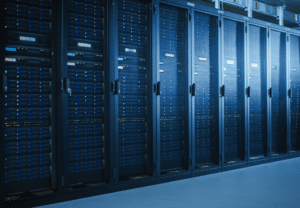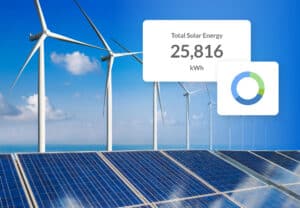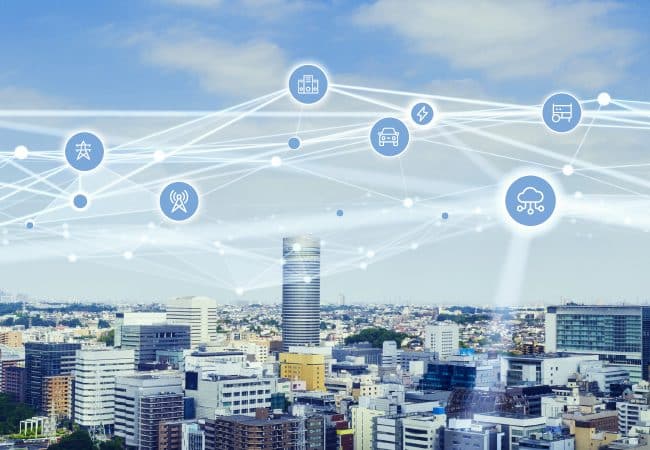
What is IoT? Which industries can leverage these technologies? Can it be used for Energy Management Systems? If so, how significant would its impact be in the energy management sector?
While the first two questions are asked by people who want to understand IoT, the last two questions are asked by people in the energy management sector who want to be a part of the next industry phase.
The IoT technology will be ushering numerous industries into their next phase by transforming the way they see and do things. These include healthcare, security, business, the industrial sector, etc. The energy sector is no exception to this rule, and energy management using IoT will become the norm.
In an era where climate change and ecological balance are critical subjects of conversation across the globe, energy consumption is one of the main contributors to environmental damage.
While in the last seven years, there’s been more awareness about responsible energy consumption thanks to the UN’s SDG Goals. In this next phase, energy optimization will be one of the biggest trends in 2022 and the following years.
According to the EIU report, energy consumption will increase by 2.2% in 2022. This means optimization will become necessary, and IoT can lead this optimization. However, to understand the role of IoT energy management, we need first to understand what IoT is.
What is IoT?
IoT or the Internet of Things is a network of devices embedded with sensors such as machines, wearables, and essentially “things” that exchange data and process it to give insightful information. IoT is applied across various industries such as automobiles, healthcare, manufacturing, and even energy management systems.
While this might sound intimidating, let me simply explain how it works with an example.
Devices are connected over the internet. These devices have sensors with data processing capabilities and can take any data, process it, and give us valuable information based on our requirements.
How it Works
A simple example of this is the usage of IoT for energy efficiency in data centers. IoT monitoring tools such as heat sensors are installed in different places such as racks, slots, etc. Every time the devices or servers get overheated, the sensor will alert the IoT monitoring platform, which would then deploy the set cooling measures. Thus, the sensors could read heat signatures, compare them to normal levels, and send this information to the platform, which set off the safety measures.
This is how IoT functions and why it will play a crucial role in energy management systems.
What is Industrial IoT?
In simple terms, Industrial IoT is the application of IoT-connected devices in the industrial sector and its operations, such as the manufacturing processes. Therefore, it is being called the fourth industrial revolution or Industry 4.0.
Companies and businesses that can accomplish this will have fully digitized smart devices monitored by IoT applications for utilities, cloud systems that can process data, analytics that can derive insights/knowledge from the data collected, thus giving rise to a complete system where everything is optimized and driven by knowledge.
Why are IoT and Industrial IoT so Important?
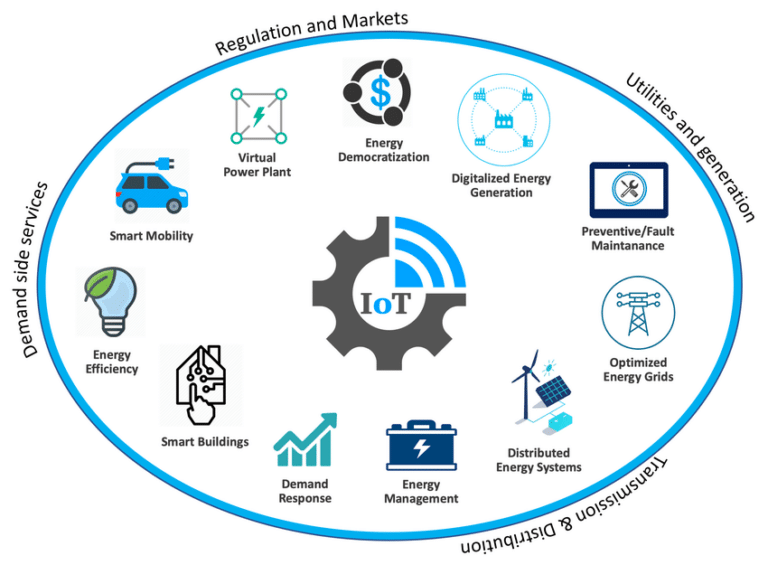
IoT has had a significant impact across industries in a few common ways. This includes optimization of processes, workflows, energy, etc. Besides this, it has also contributed to reducing costs, centralizing systems, and more.
Some of the most prominent benefits of IoT and IIoT (Industrial IoT) are as follows:
Enhanced Efficiency
Efficiency is an expected outcome of the deployment of IoT and IIoT. The efficiency here refers to the energy used, the workflows and processes followed, the structure of various departments within companies across industries, etc.
These are merely a few examples of niches where efficiency is accomplished. In fact, each of them can be delved into deeper and can become subjects on their own. A simple example of this would be IoT for energy efficiency.
Complete Tracking and Monitoring
With IoT sensors and devices that can be used for almost every purpose, everything can be tracked and monitored. This is possible because the sensors continuously collect data, process them, and provide relevant information depending on the device.
This will allow organizations across sectors to find out where precisely the challenges lie, which can then be solved. Thus organizations and systems evolve with constant tracking and monitoring of data.
Automation
With smart devices deployed across systems, numerous tasks which used to be human run can be automated. This way, time can be spent usefully by people by focusing on processes that come after the processed data from IoT devices is received.
To put it simply, people can stop focusing on analysis since that part has been automated. Instead, they can focus on developing the next set of actionable steps that can be taken in different scenarios after looking at the analyzed data.
Proactive Maintenance
Maintenance is one of the biggest concerns of companies working in the industrial sector. In fact, there are numerous overhead costs they have to incur to keep their equipment fully functional, and in case of a disaster, the damage costs incurred are enormous.
IoT can help reduce these costs significantly by enabling more proactiveness. IoT devices can look at historical data, derive patterns, and predict problems or disasters that might occur with equipment. For instance, if there is an equipment failure, IoT devices can look at historical data to determine the parameters or factors associated with it and alert companies in advance if there is a possibility of equipment failure.
With this knowledge, companies can deploy their contingency mechanisms to reduce costs incurred after the disaster by preventing or mitigating its repercussions.
Centralization of Systems
This is a significant benefit for companies, especially the energy sector. IoT can enable a centralized way of controlling and managing all operations within the company, including monitoring and tracking data deploying actionable steps whenever and wherever required.
What are the Use Cases of IoT?
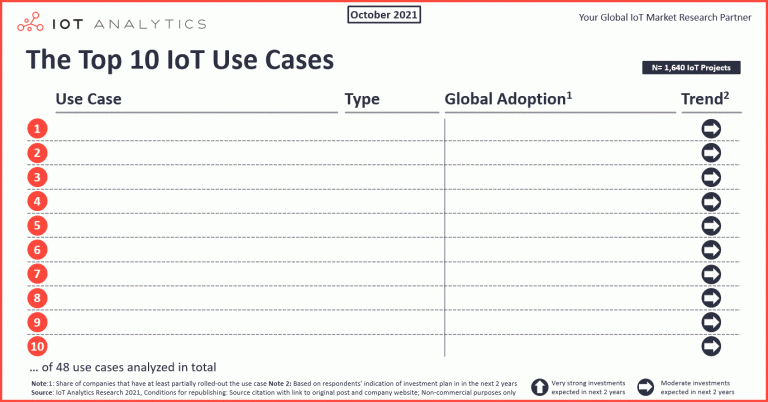
Today there are countless use cases of IoT across various industries. IoT seems to have penetrated the most niche sectors and helped them evolve. A few of the use cases are given below.
Recently, healthcare has been the most active industry for IoT implementation. Right from wheelchairs, wearables, defibrillators, oxygen pumps, to heart rate monitors, everything has IoT. They all help keep track of the people’s health and improve the quality of healthcare they receive. Furthermore, with IoT, edge computing and AI can converge, making organizations adept at handling AI data that we know will increase exponentially in the near future.
Besides the above, IoT has also found its use-cases in the energy sector. Some of them are:
Smart Grid Systems
Governments will look at building smart grid systems powered by IoT to collect data from power grids, transmission lines, etc. This will help them understand how efficient their complete system is and keep all operations in check. Cities such as Barcelona have already taken initiatives since 2017 to move towards these smart grids and have accomplished it to a great extent.
Energy Harvesting
IoT will help harvest energy from these sources as people shift towards renewable energy sources. For instance, in the case of running a farm, all equipment can have sunlight as the source of energy through solar panels integrated with IoT devices. In the case of wearables, energy will be generated via the kinetic energy created by movement.
These are some of the primary benefits of leveraging IoT in the energy sector. However, numerous others include moving towards greener energy, ensuring that regulatory standards are met, and more.
Recovery and Maintenance
When there is a breakdown in systems in the energy sector, IoT can be used to set off recovery and repairing mechanisms in motion. One can also use IoT to have a fault tolerance system in place, such that if there’s any problem, there is enough backup for operations to continue while systems are being fixed.
Overall, we see an energy optimization trend with IoT when it comes to the energy management sector. Organizations such as Galooli provide IoT solutions that can elevate the advantages of energy management systems. It also believes that considering challenges such as climate change can only be solved if we as people move towards an energy-efficient digital future.
Besides these essential uses of IoTs, others include smart meter technology, building new smart energy solutions, having flexible billings based on how the energy is regulated, etc.
Companies such as Galooli solutions can provide smart energy solutions that enable all this and more.
























